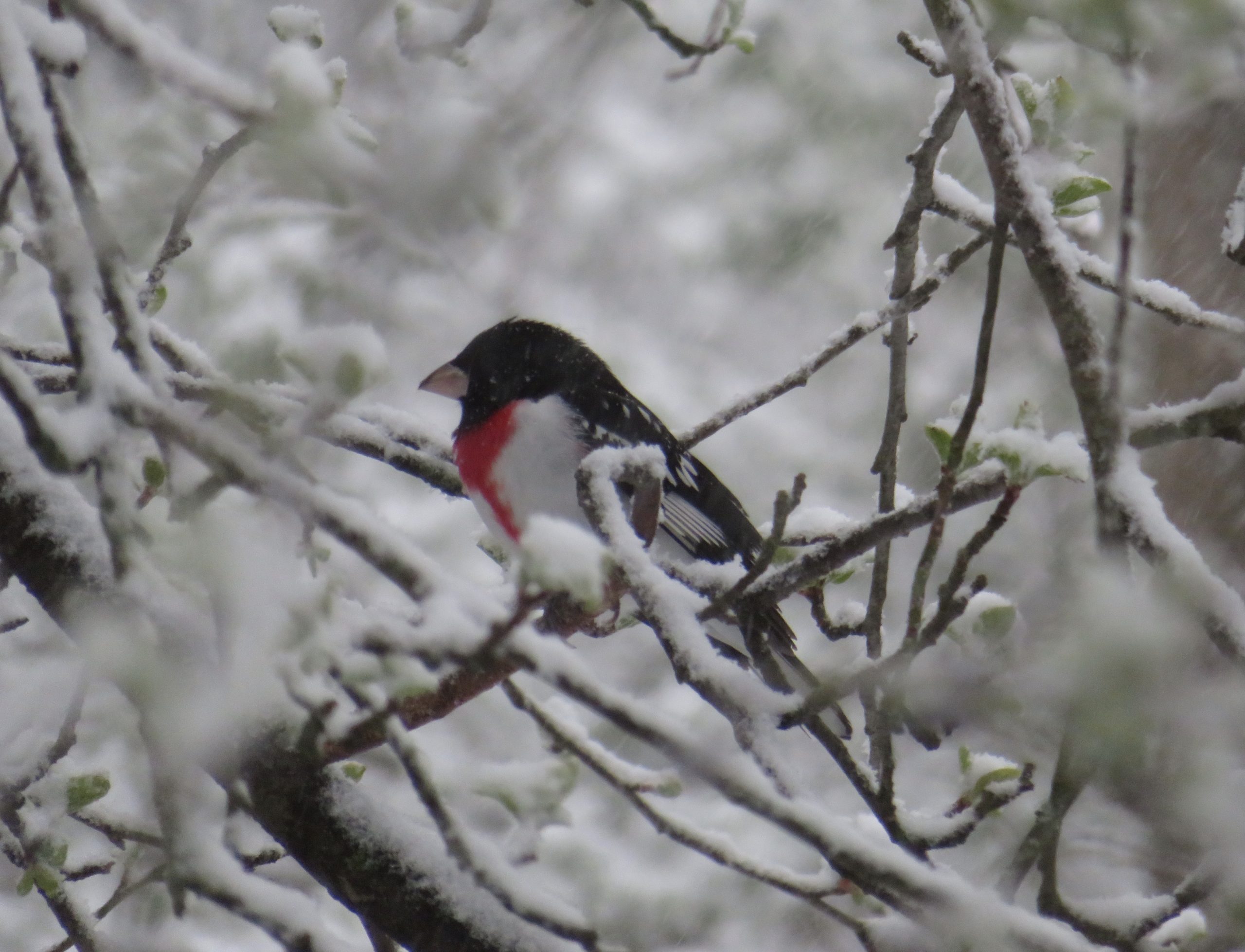Since the pandemic began, I’ve had this impulse to look at, or hang on the walls of my home, new pieces of art. Sometimes, they’re pages from an old book or museum calendar or one I created myself; sometimes, a piece from a dealer or a work by someone I love. I take a walk every day, look at whatever seems beautiful, trees, roads, hills, brooks, buildings, animals, and people. And with art this sense of beauty can come inside with me.
And there’s something more. Something about aging, relationships, and life itself, or life in a time of great crisis, that eludes understanding yet is motivating this impulse.
I’ve written about art before. So have thousands of others. Art is one blessing we can all share. No matter how hard we look at, think, or feel about an artwork, it keeps on evoking something new⎼ or it can. One look, one realization sets the stage for the next.
There is an infinite depth to any perception, as any perception takes place in and is influenced by an infinite number of factors, or by the universe itself. It is this infinite depth that art can access. So the English poet William Blake, in his poem Auguries of Innocence, wrote the famous lines: “To see a World in a Grain of Sand. And a Heaven in a Wildflower.”
I look at this woodblock print by the Japanese artist Kawase Hasui which hangs on the wall of my bedroom. It is called The Inokashira Benten Shrine in Snow. I love this piece. It is so detailed. It depicts a snowstorm over an old Buddhist Shrine that sits next to a pond that over a hundred years ago stood at the head of the source of Edo’s (now Tokyo’s) drinking water. Each snowflake stands individually by itself, and then floats into the whole. I feel as if I could enter the scene, become another detail in it, or feel the artist as he painted it.
Maybe each artwork is a door to a hidden place in ourselves, or the universe, or the artist’s vision. Like C. S. Lewis’ wardrobe doorway to Narnia. Or a window; just like a painting might be framed, a window frames the world for us to view with care and attention. And I feel that if I can mount such windows and doors on my walls, I will never be lonely or bored. An adventure will always be available to me. One minute, the world might be tired or threatening. The next, it shines brightly.
Years ago, I bought a piece of Buddhist art, a slice of shale with a Buddha painted on it. It is a reproduction of a painting from a cave in Southeast Asia. When I slow down and let my eyes linger on it alone, focusing on the whole piece; then a detail; then back again, the scene expands, taking on dimensionality. I feel what I see. The Buddha stands there for a moment in 3-d.
Art was probably created just for this sort of purpose. When we let go of our focus on ourselves for a moment, our plans, concerns, and beliefs, art can help us see the world in more dimensions. That’s why, throughout the centuries, it was closely tied to religion and spirit. One of the greatest visual works of art ever was The Creation of Man (Human) painted on the ceiling of the Sistine Chapel in Rome, by Michelangelo….
*To read the whole post, please click on this link to The Good Men Project.
**Photo is from the cave created by students in our school.


